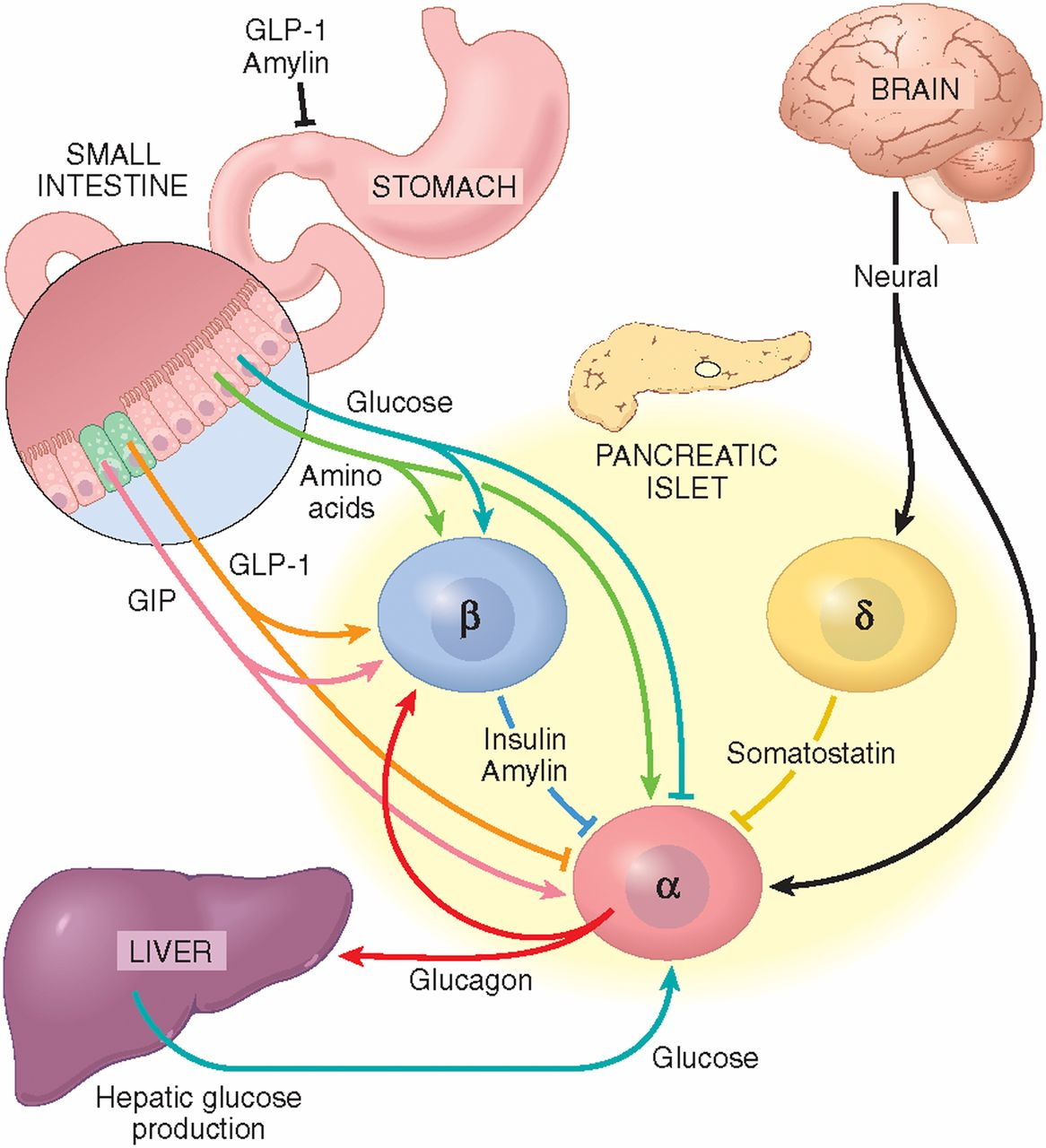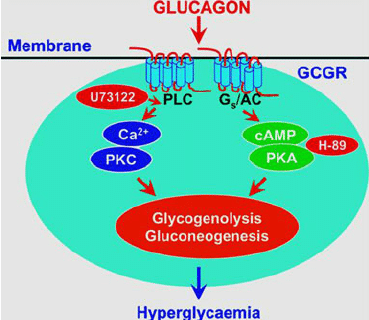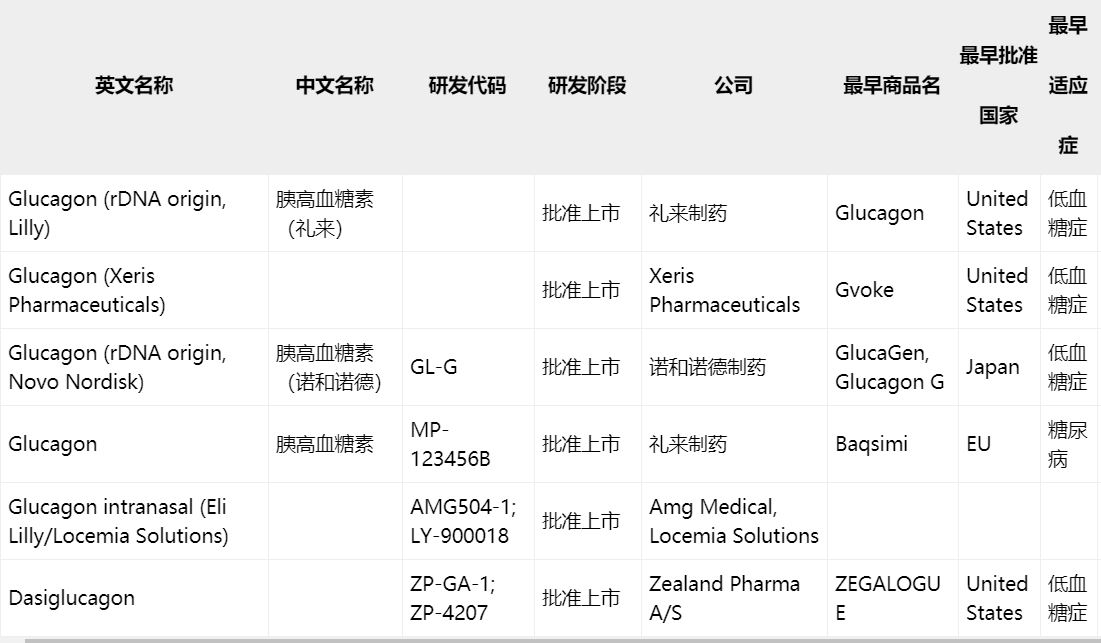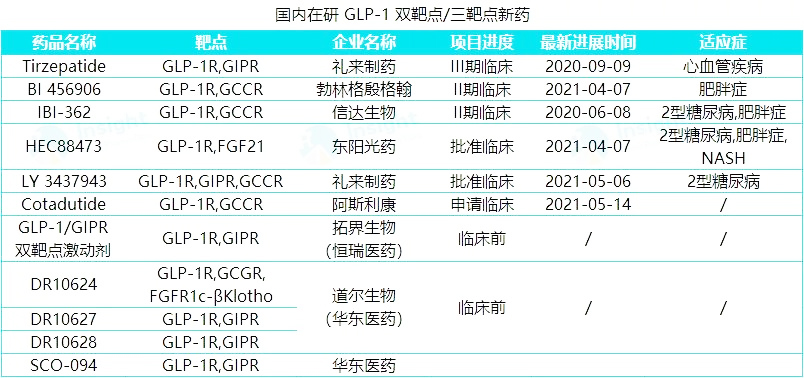[Product Promotion] Glucagon receptor (GCGR) drug cell screening model
Glucagon is a polypeptide hormone secreted by pancreatic islet α cells. It is composed of 29 amino acids. It plays an opposite role in blood glucose regulation with insulin secreted by pancreatic β cells. The regulation of blood glucose concentration in normal people is mainly caused by Insulin and glucagon are mutually restricted to achieve. Pancreatic β-cells produce insulin to promote glucose uptake in target tissues and liver cells convert glucose into glycogen to reduce blood glucose concentration; the glucagon produced by pancreatic α-cells promotes the decomposition of liver glycogen and raises blood sugar. In addition, insulin and glucagon in the pancreatic islets restrict the secretion of each other according to the concentration of blood sugar, so as to stabilize the concentration of blood sugar. Glucagon receptor (Glucagon receptor, GCGR) is a G protein-coupled receptor that mainly exists on liver cells. The receptor binds to glucagon hormone to promote liver cells to decompose glycogen and increase blood sugar. rise. Under normal physiological conditions, the secretion of glucagon from alpha cells is inhibited by insulin during hyperglycemia. When the blood sugar level drops, the secretion of beta cells decreases, eliminating the inhibitory effect on alpha cells, and the secretion of glucagon increases. Existing research shows that in both type 1 diabetes (T1DM) and type 2 diabetes (T2DM), plasma glucagon levels are too high, the secretion of glucagon is not controlled, resulting in the failure of blood glucose homeostasis, and the relative insulin secretion Or absolute reduction, the two together lead to a hyperglycemic state. Glucagon can also treat hypoglycemia under normal physiological conditions, so glucagon receptor drugs are important targets for the treatment of diabetes, obesity and hypoglycemia.

GCGR protein belongs to the B-type G protein-coupled receptor. Glucagon can activate the GCGR-Gs signaling complex in liver cells, and the Gs protein will interact with adenylate cyclase to induce the second messenger cyclic phosphate The production of adenosine (cAMP) and the activation of downstream signaling pathways can also activate the GCGR-Gq signaling complex. Activation of phospholipase C (PLC) leads to increased intracellular Ca2+ and protein kinase C (PKC) activation, both of which can promote sugar Proto-decomposition and gluconeogenesis increase blood sugar.

Current status of research and development of glucagon receptor drugs
There are currently three main types of drugs targeting glucagon receptors:
Glucagon receptor agonists, mainly Glucagon and its analogs synthesized in vitro, are suitable for hypoglycemia. There are many drugs on the market, such as Glucagon, Gvoke, Baqsimi, etc.

2. Glucagon receptor dual or triple agonist, mainly targeted at the three targets of GLP-1R, GCGR, GIPR, to treat obesity, diabetes and other diseases. There are many drugs in the clinical research stage, worldwide Among them, Eli Lilly’s Trizepatide is more powerful, and the domestic Cinda’s IBI-362 belongs to the first echelon.

3. Glucagon receptor inhibitors and glucagon receptor antagonists can restore the balance of glucagon and insulin by inhibiting the effects of glucagon. There are currently no drugs on the market. Although animal experiments and early clinical stages have been proven to have a good hypoglycemic effect, these drugs have side effects such as elevated transaminase, elevated cholesterol, and autoimmune reactions, and there are greater risks. At present, the development direction of this kind of drugs has turned to a highly specific glucagon receptor, which competitively blocks the binding of glucagon to the receptor and achieves a safe hypoglycemic effect.
Glucagon receptor (GCGR) drug cell screening model
In response to the development, production and research needs of GCGR drugs, we developed the GCGR_CRE Luc Reporter-HEK293 cell line.

Figure 3. GCGR/CRE Luc Reporter - HEK293 Recombinant Cell Line (C21).

